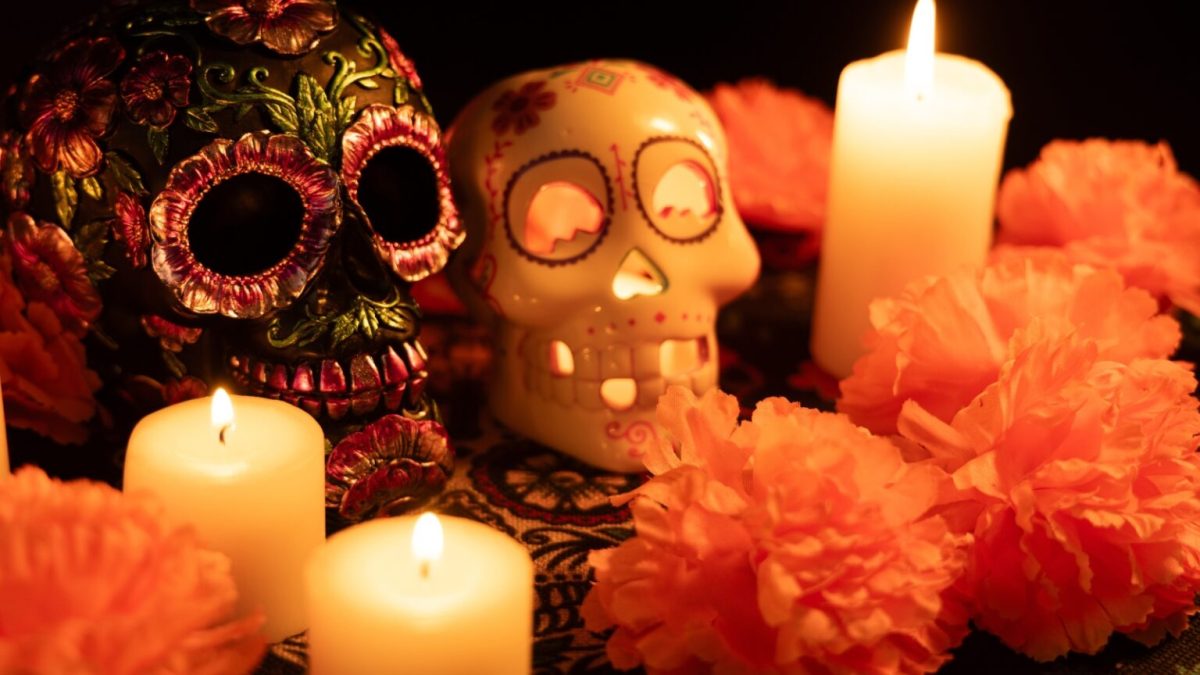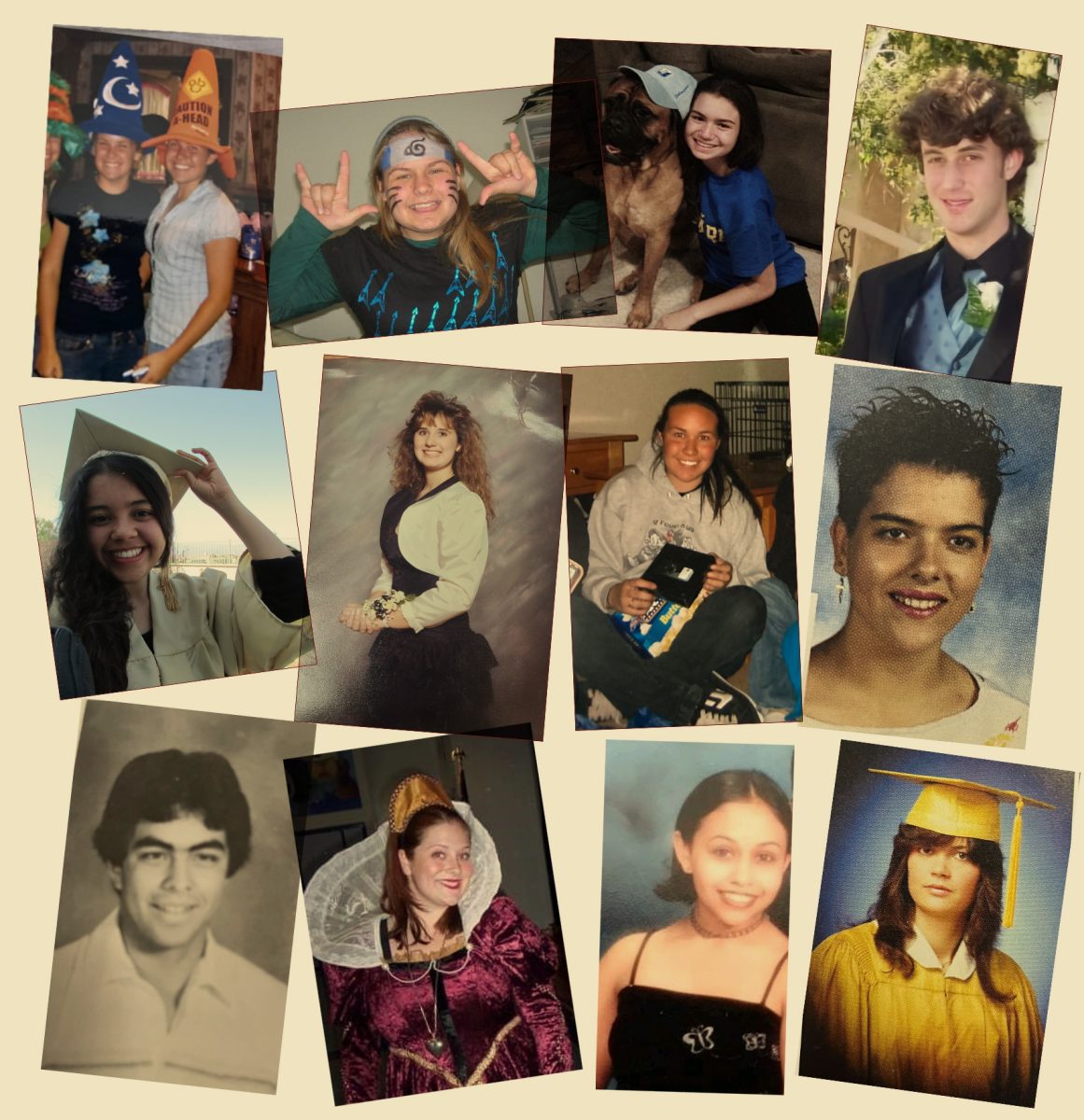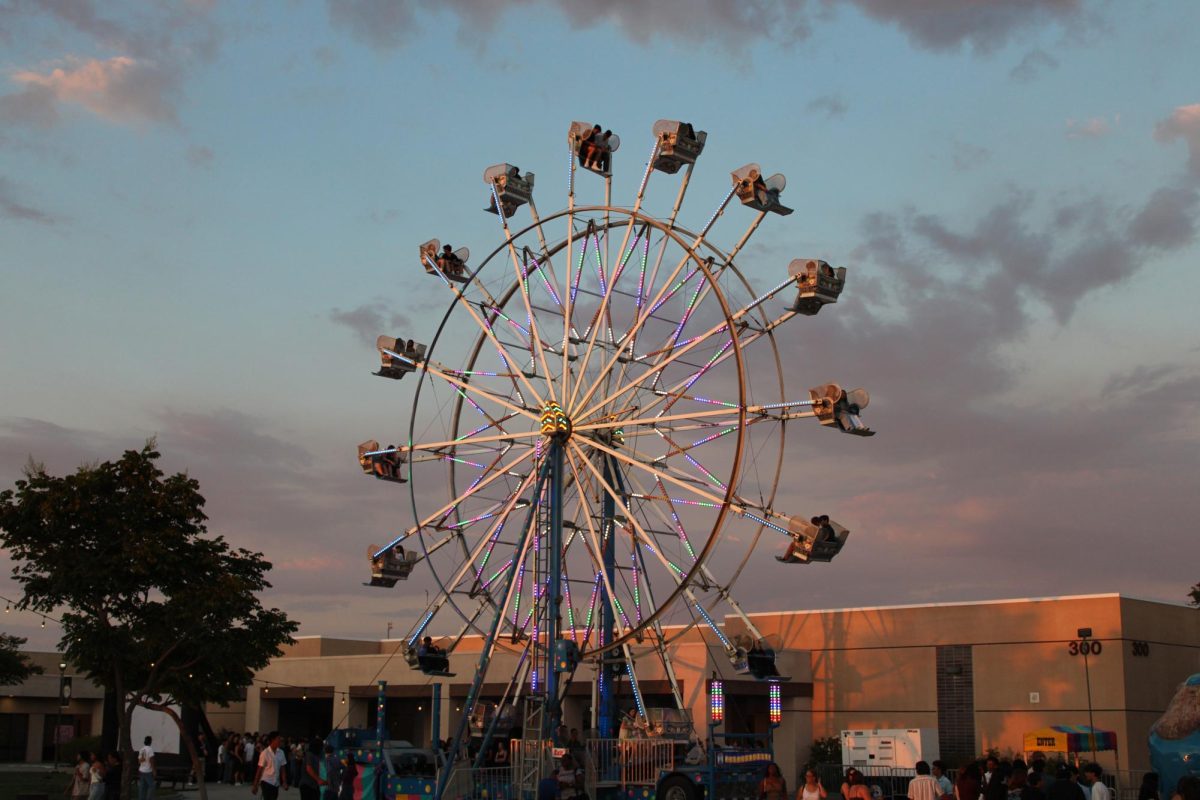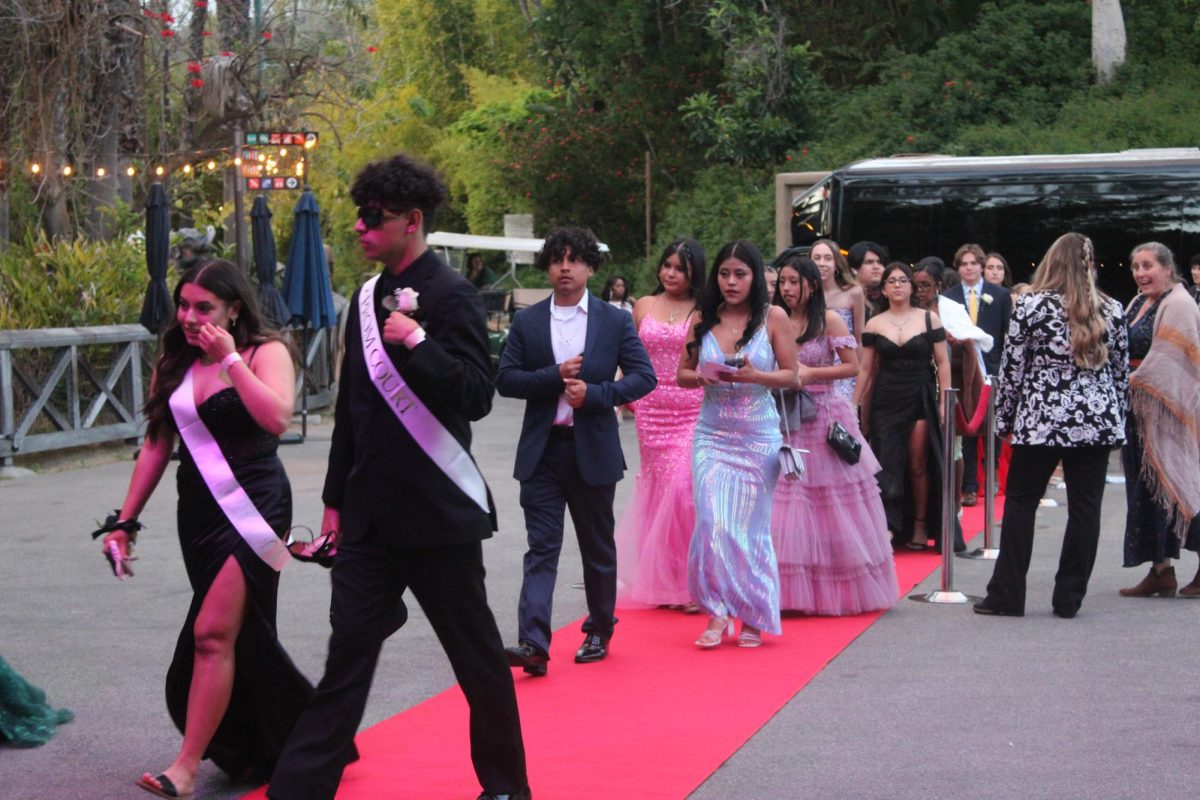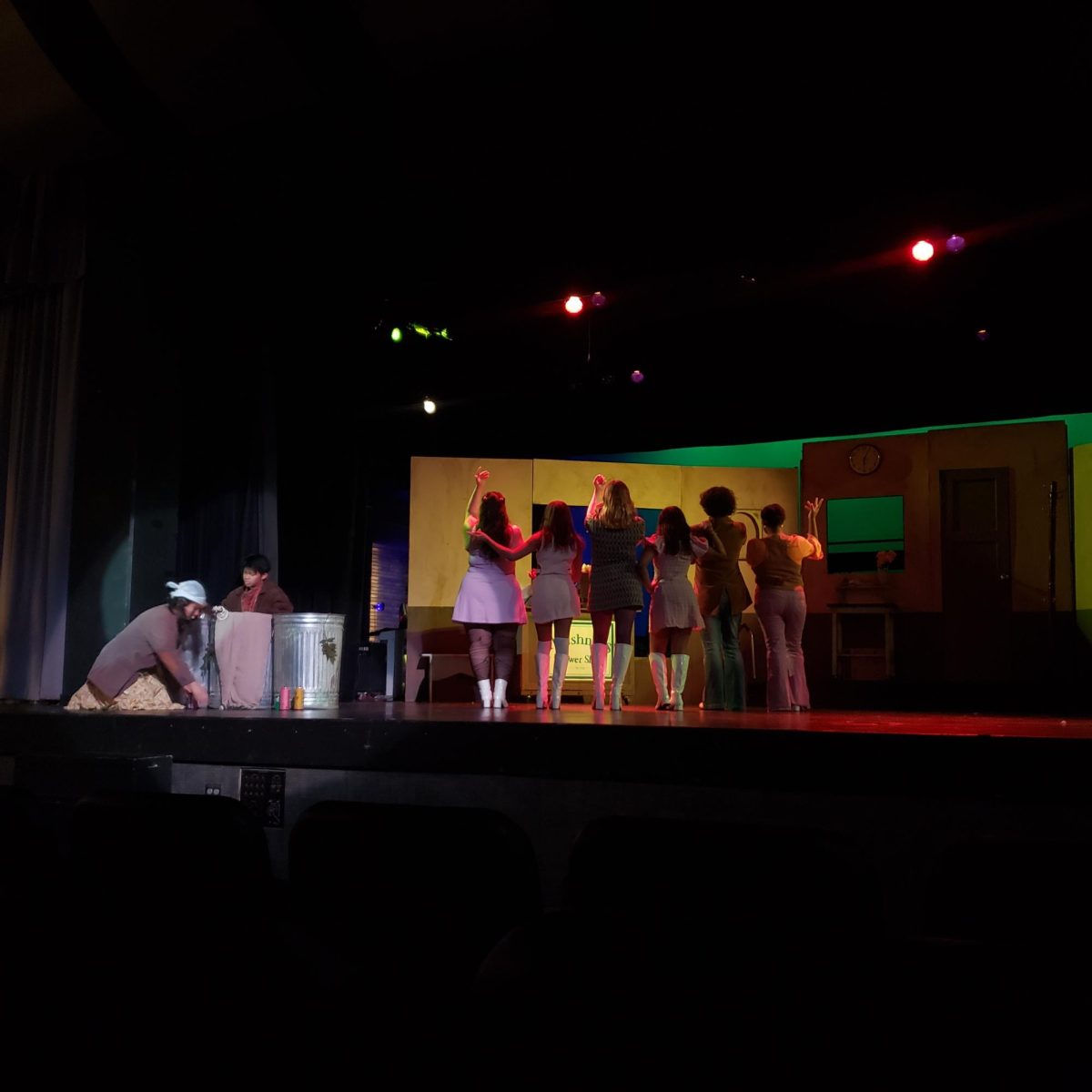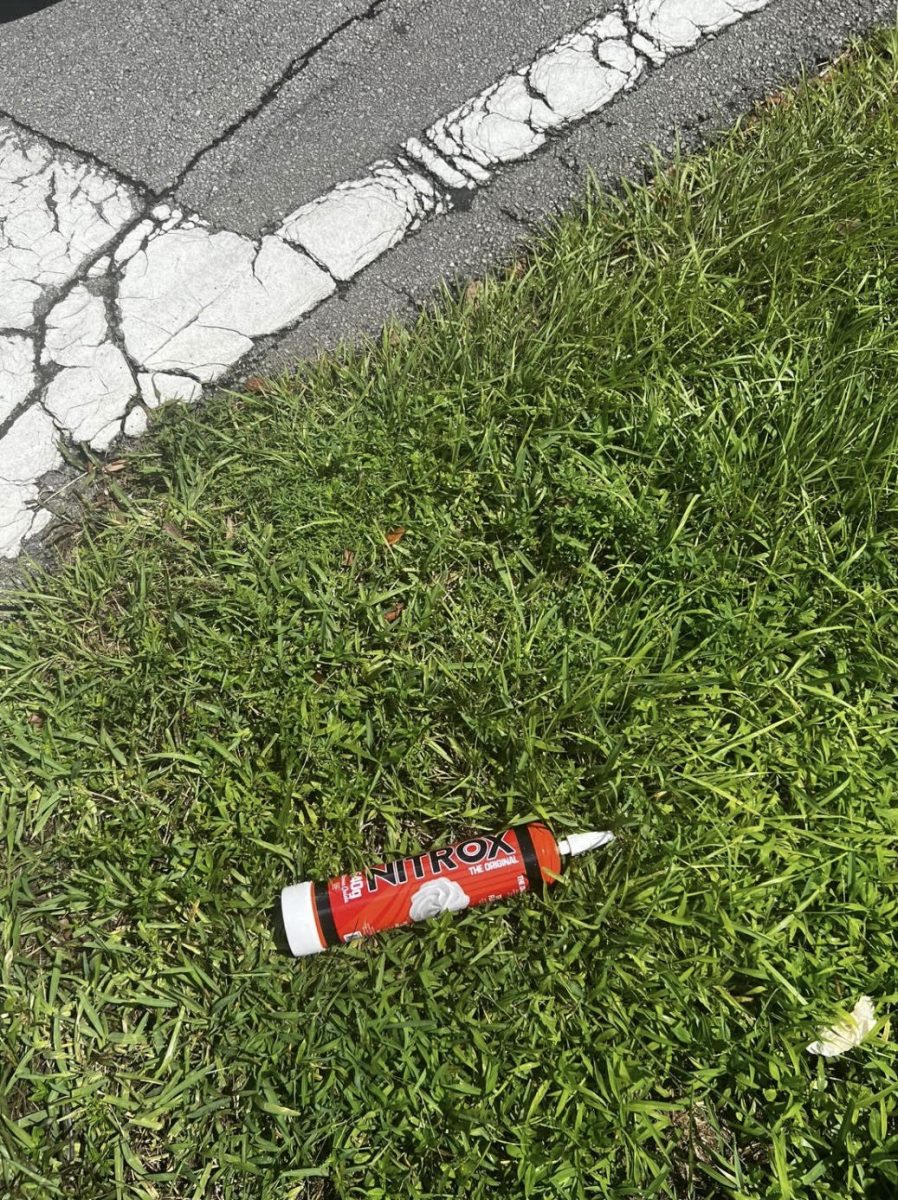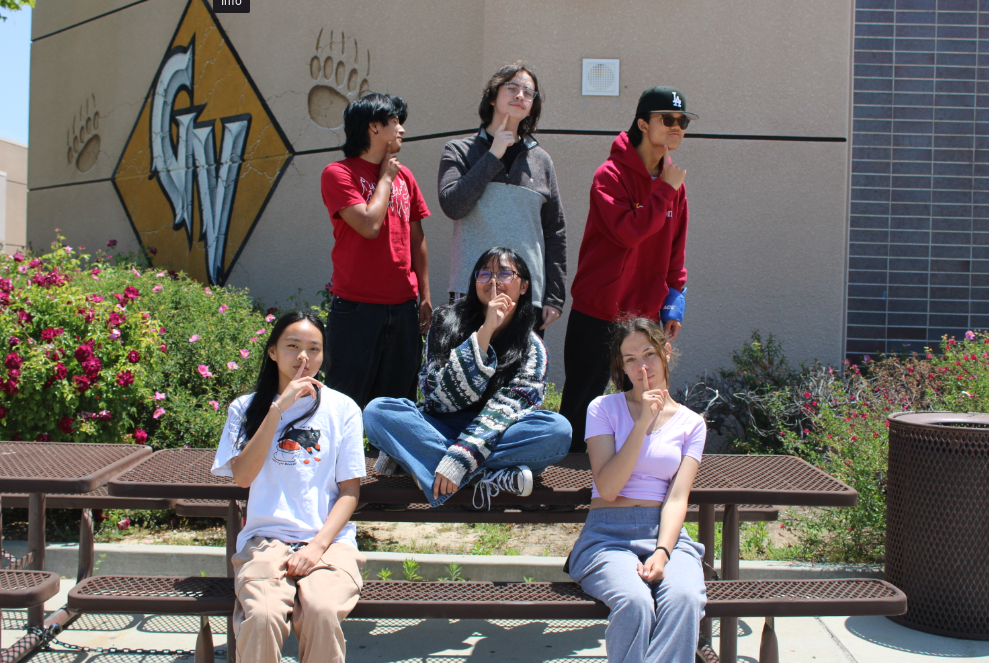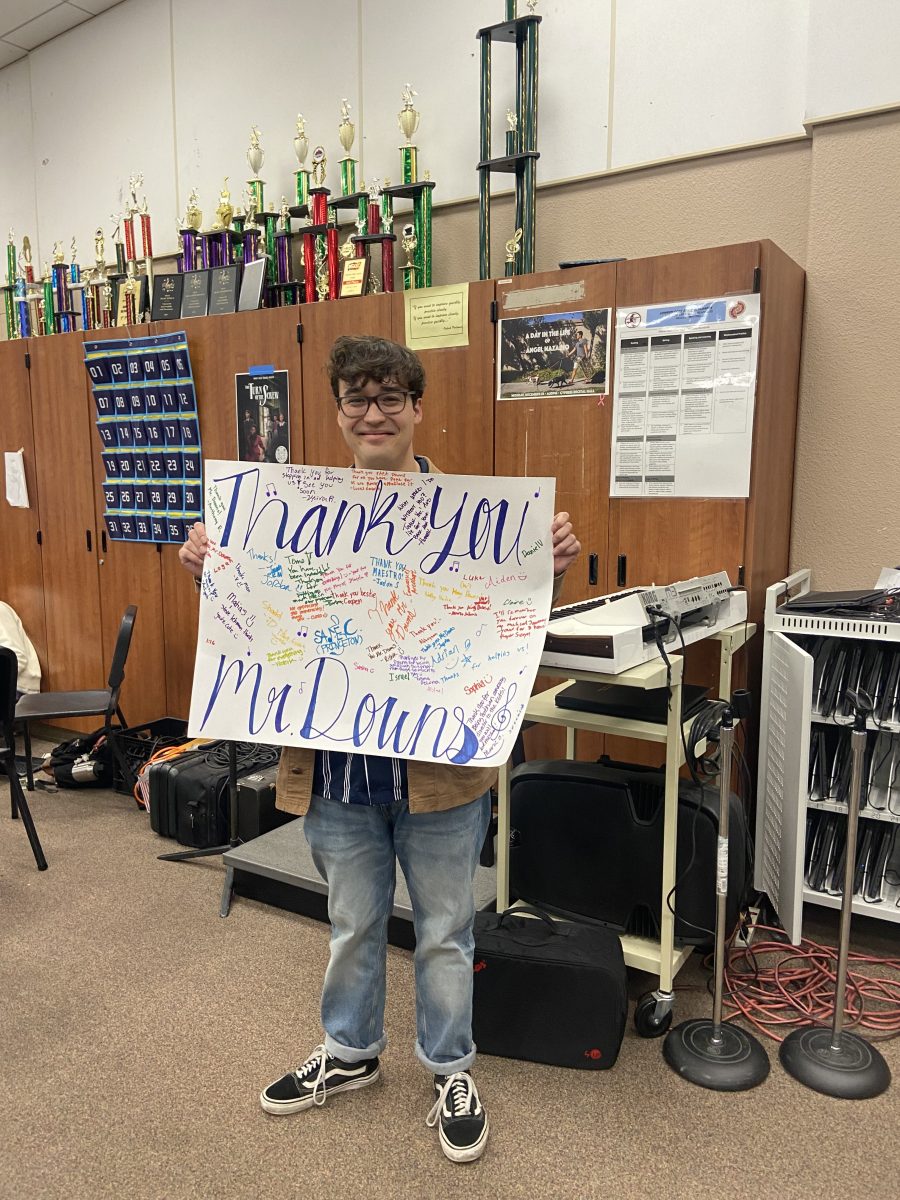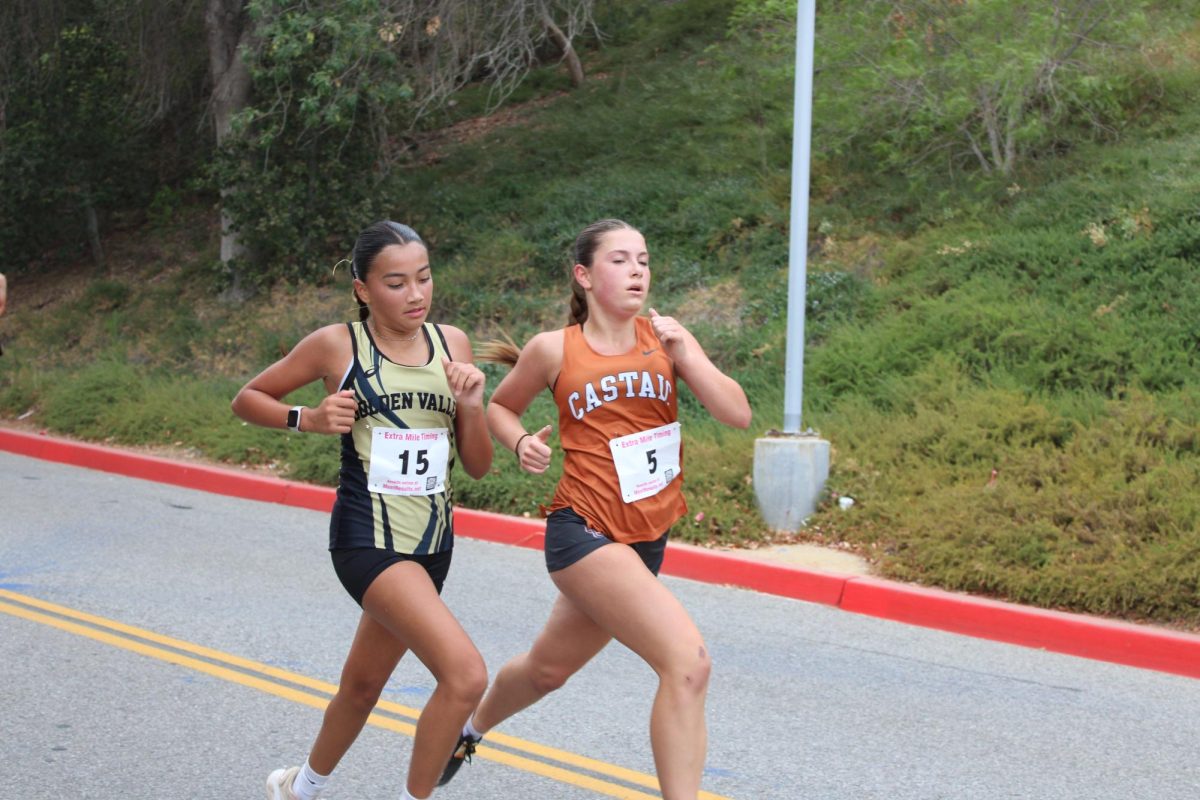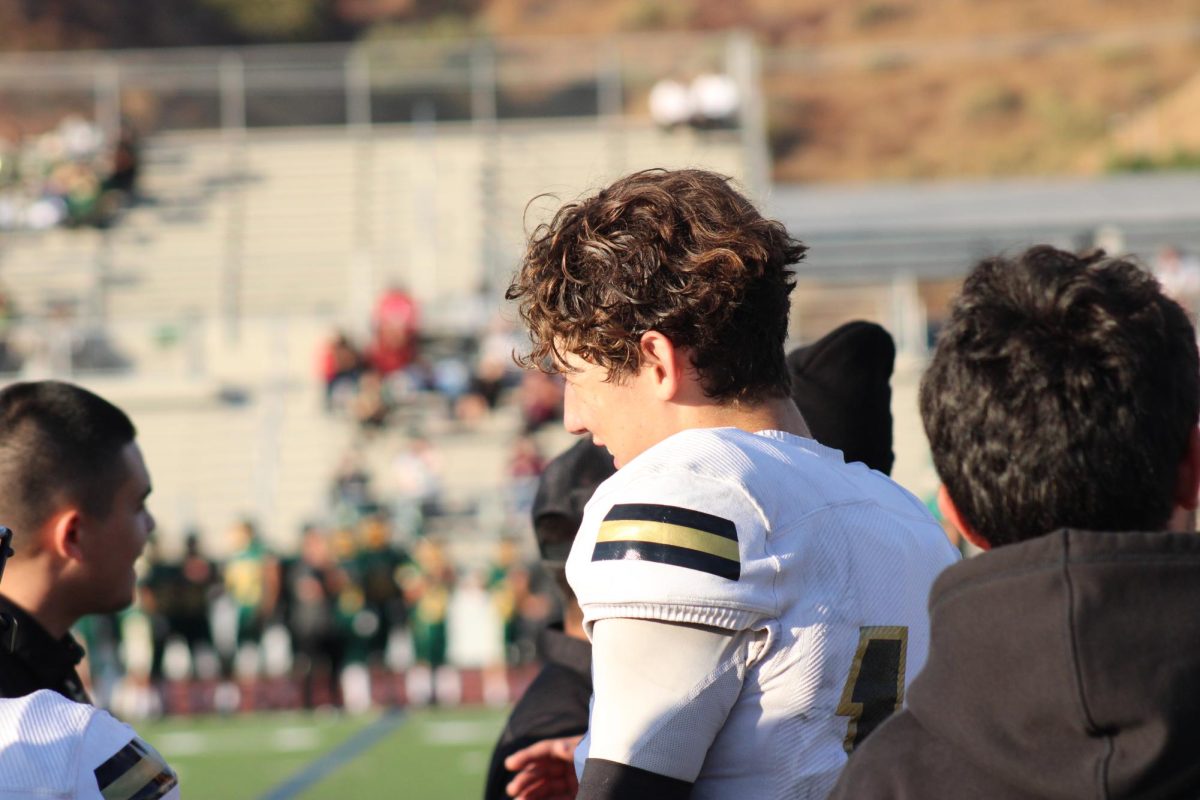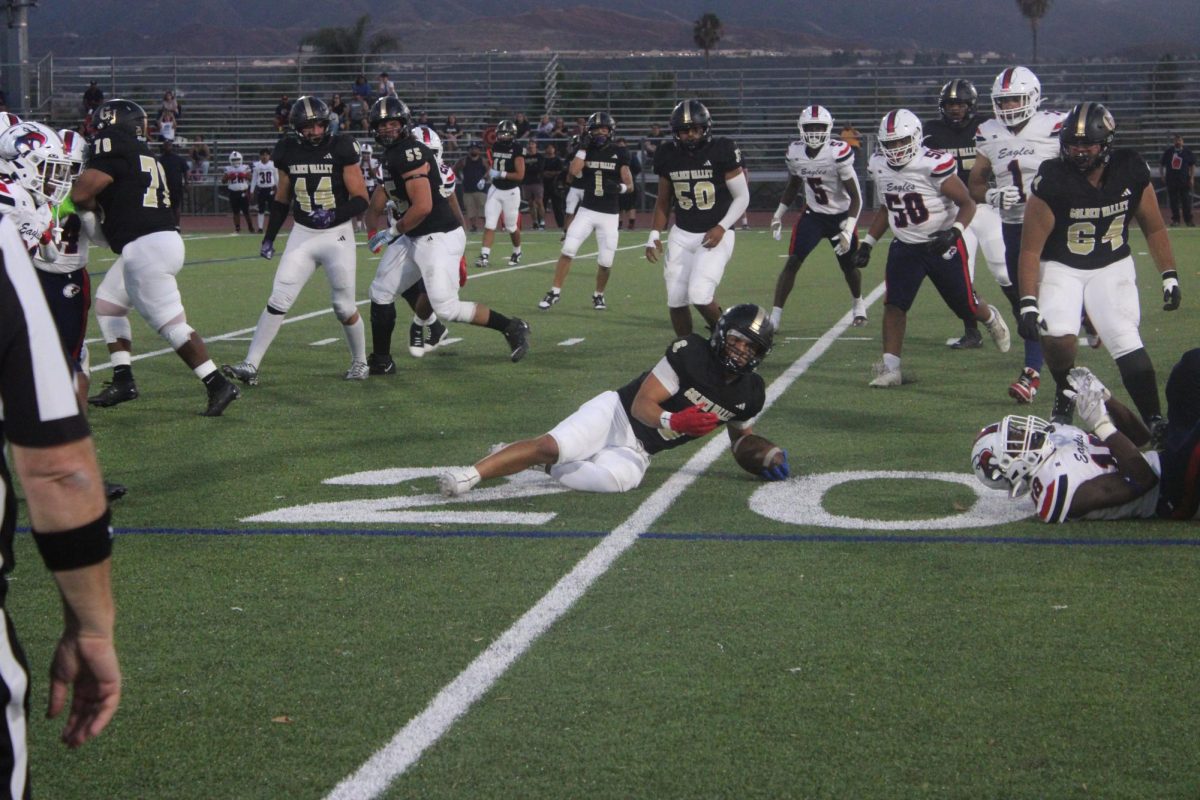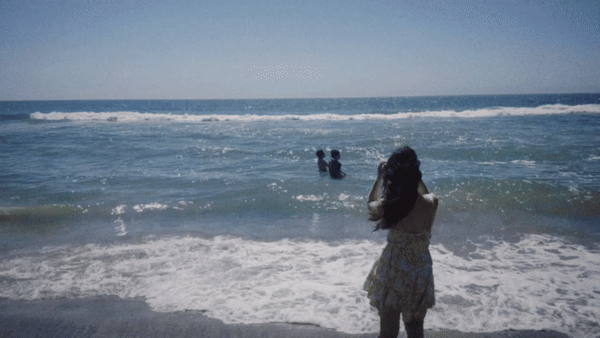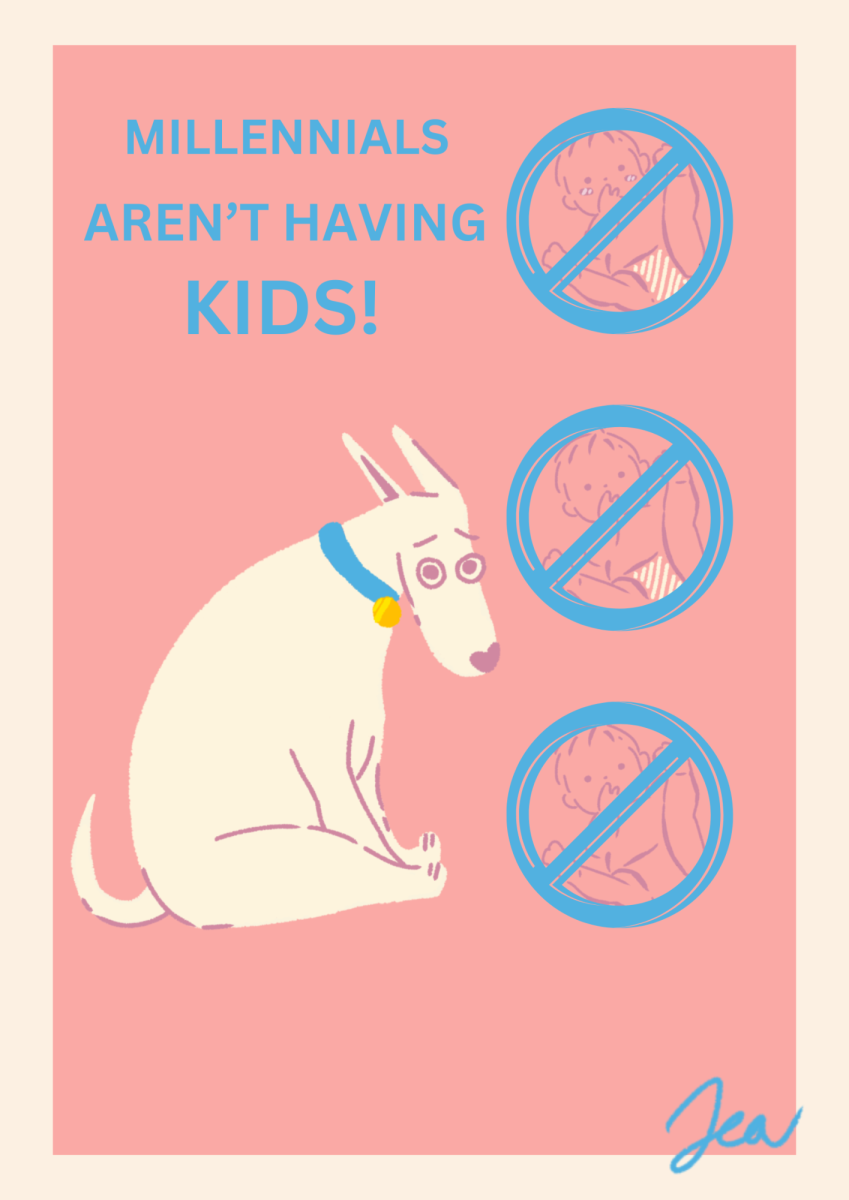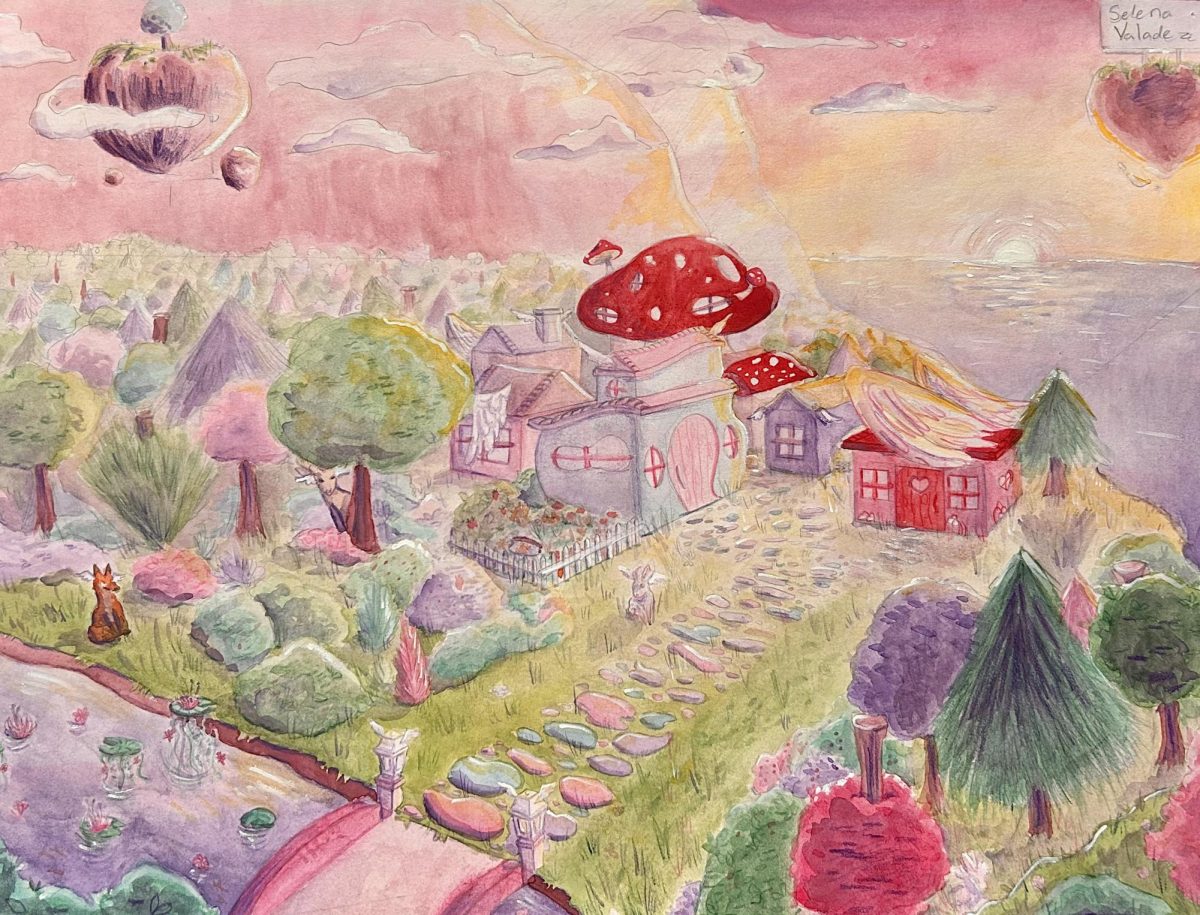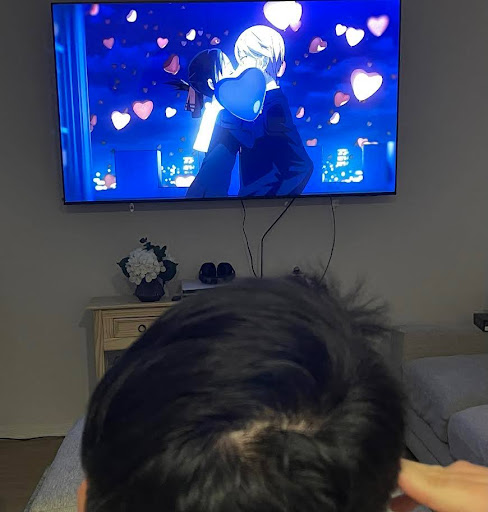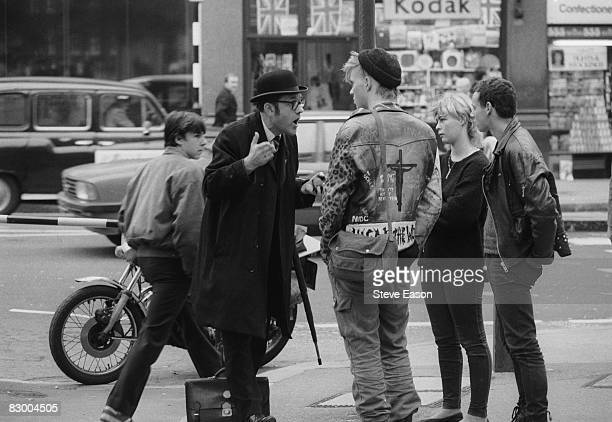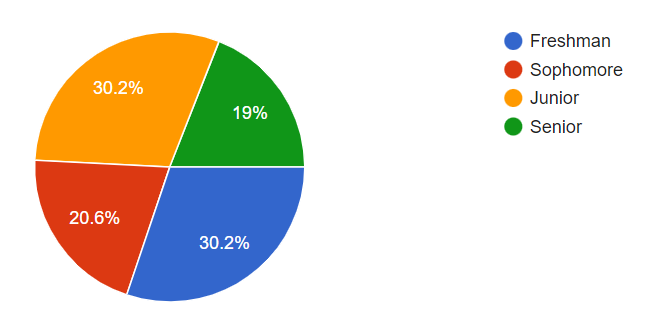Discover the Breakthrough of Punk Music at the End of the 20th Century
Steve Eason/Hulton Archive/Getty Images
Culture Clash An office worker argues with protestors during a ‘Stop The City’ anti-capitalist demonstration, London, September 1984.
Warning: Content and language in the following feature depict the nuanced history of the Punk genre. Language will be direct, unfiltered, and may be sensitive to some. Readers discretion is advised.
Dark. Drunks. Druggies. Uneducated Bums. Aggressive.
These are some of the many perceived stereotypes when it comes to the Punk Scene. Punk originates back to garage rock during the 1960s when musicians with little to no formal training gave way to the freedom of musical experimentation.
Harrison, a Senior at Golden Valley, adds, “… most classic punk music is unorganized. Music theory is rarely used at all.”
Punk can be described as a claustrophobic rush of unfiltered, breathtaking sounds captured in a studio, garage, living room, or even the nearest alleyway. The guitar riffs are sharp and unruly, backed by booming drums around a brooding and bold bassline. Vocals are unpolished and expressive, screaming lyrics full of agenda to express aggression, frustration, and sarcasm.
Punk is intended to be raw, explicit, free, and most important of all 一 LOUD.
How Punk in the US Grew from the “Flowers”
The hippies movement was a counterculture against violence from the late 1960s to the early 1970s. During the height of the Vietnam War and the Civil Rights Movement, the movement stood for nonviolence and love (peace and love).
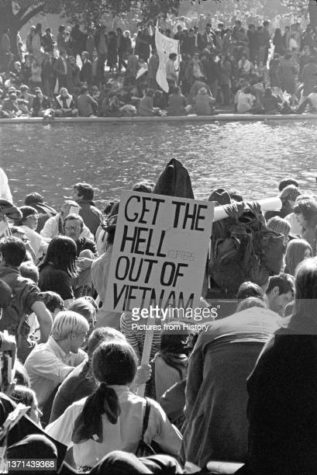
USA/Vietnam: ‘Get The Hell Out of Vietnam’. Anti Vietnam War protest, Washington DC, 21 October 1967. (Photo by: Pictures from History/Universal Images Group via Getty Images)
One of the biggest and most notable movements was the Pentagon Anti-War Protest involving more than 100,000 hippies, liberals, and others who marched to show support for ending US involvement in Vietnam. They were met by a brigade of military police (MPs) with rifles pointed at them. One unknown protester at the time placed flowers in the barrels of the MPs’ guns disarming both sides and turning the tide in anti-war movements.
Not long after, violence erupted when radical anti-war protestors arrived and clashed with the US Marshals. It took three days for the National Guard to situate and bring back order.
Punk culture in the US started in the early 1970s and grew as a counterculture against the music, idealism, aesthetics, and political disruption of the hippies’ movement. Punks hated the laid-back attitude of hippies, who they believed would rather sit around, get high, and talk rather than go out and act to do something about issues in the United States.
Detroit and New York City are notable for the rise of punk culture in the United States. In the late ’60s and early ’70s, these cities produced bands that laid the foundation for the future of punk rock. In Detroit, MC5 and The Stooges blazed a trail with raw lyrics and strong political messages, while The Velvet Underground conquered New York with their bold and experimental sound.
The Wave that Reached the Other Side of the Pond
It would be neglectful not to mention that Punk culture grew simultaneously in the United States and the United Kingdom during the early 1970s.
British Punk was a response by mostly white working classes to the significant economic hardships and social fragmentation after the years following World War II. Teenagers, young adults, and even middle-aged adults were affected by economic instability during the 1970s.
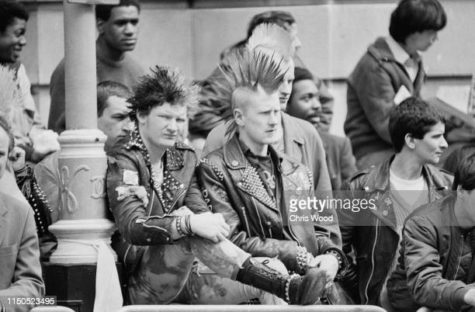
Two punks among the onlookers watching police activity during the siege of the Libyan Embassy in nearby St James’s Square, London, 19th April 1984. The siege began after Metropolitan Police officer WPC Yvonne Fletcher was fatally wounded by an unknown gunman firing from the embassy. (Photo by Chris Wood/Daily Express/Hulton Archive/Getty Images)
By the mid-1970s, the United Kingdom’s economy was in recession and unemployment was at a record high. Young people in England were angry, rebellious, and unemployed.
In the UK, punk was born from SEX Boutique Store, an anti-fashion boutique founded by Malcolm McLaren and Vivienne Westwood on London’s King’s Road, first popularized by Sex Pistols, then by the multiple bands that they influenced.
The Quick Rise and Fall of the Sex Pistols
The Sex Pistols began in 1972 when 17-year-old Steve Jones (Singer) and 16-year-old Paul Cook (Drums) decided to start a band. Along with their friend, Wally Nightingale (Guitar). Two years later (1974), Glen Matlock joined as the new bassist.
Formed in September 1975 by manager Malcolm McLaren to promote his London Boutique SEX, the Sex Pistols were influenced by 1960s British pop music and started mixing influences from 1970s rock renegades to strip rock’s complexity to its core.
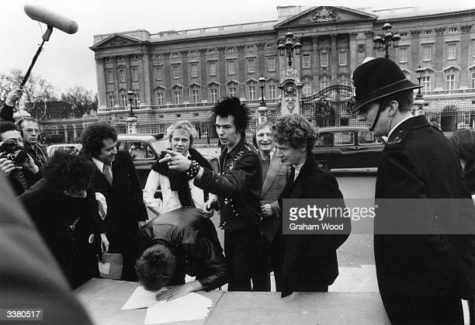
10th March 1977: The Sex Pistols with their manager Malcolm McLaren signing a new contract with A&M Records, after being dropped from EMI, outside Buckingham Palace, London. The contract was terminated in one week. (Photo by Graham Wood/Evening Standard/Getty Images)
Along with the new management, John Lydon (later rechristened John Rotten) was invited to audition as the new singer. Wally Nightingale left, and Steve Jones became the new guitarist in 1975. And in 1977, Sid Vicious replaced Glen Matlock as the new bassist.
In the summer of 1976, the Sex Pistols had amassed a devoted following, successfully altering the 1960s stylistic ideas into a vicious 70s teen vibe. By the fall of 1976, the Sex Pistols were becoming the leading band of the new teenage movement, Punk 一 coined by the British Press 一 with their song, “God Save the Queen,” Sex Pistols became a symbol of the United Kingdom’s social and political turmoil.
Cheeky and crude, hilarious and provocative, the Pistols grunted and spewed political anarchy and anti-authoritarianism in the face of Britain’s cultural scene. Although they only existed for two years and released only one record, their influence was vast in both the US and the UK. The punk explosion they sparked shook the music field, forming thousands of bands after them.
Their rise in fame was as quick as their downfall. Things went downhill during The Pistols’ tour in America in 1978. They broke up after their last date in San Francisco. John Rotten returned to England. Paul Cook and Steve Jones traveled to Brazil and teamed up with Ronnie Biggs. Sid Vicious overdosed and became hospitalized.
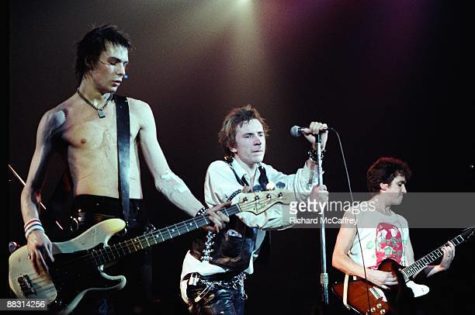
SAN FRANCISCO – 1978: L-R Sid Vicious, Johnny Rotten, and Steve Jones of The Sex Pistols perform live at The Winterland Ballroom in 1978 in San Francisco, California. (Photo by Richard McCaffrey/Michael Ochs Archive/Getty Images)
Another big reason the Pistols, and punk in general, were ultimately shunned was due to the 1978 murder charges on Sid Vicious in relation to Nancy Spungen, his deceased ex-girlfriend.
Sid Vicious was not an angel, to say the least, the morning of the scene he was passed out in the bed after abusing Tuinal, a widespread recreational drug that is used to treat sleep problems, as while Spungen was in the bathroom dead from a stab wound. One year later (1979), Sid Vicious fatally overdosed while released on bail. He was only 21 years old.
The Atrocious Twin of Punk: The Skinheads
To claim “atrocious” to a group is a big statement, however, the history of Skinheads began in humble beginnings and now transformed into one of the largest hate groups in the world. So how did this “atrocious” group begin?
The Skinheads originally started during the 1960s, primarily blue-collared, white working-class men who took pride and joy in their working status. Many of those who identified as Skinheads grew up in poor government housing projects or suburban row houses. They felt isolated from the Hippie Movement and too ignored by the Punk Scene to address their communal concerns.
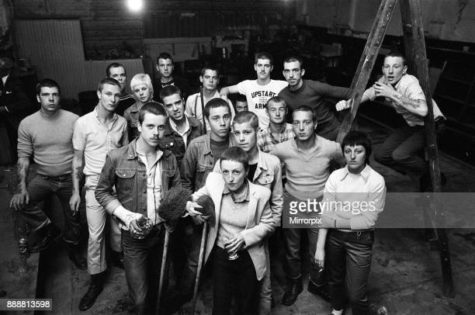
A peace formula has been found by a Birmingham licensee for punks and skinheads who gather by the hundred every evening in the city centre. The truce between the rival groups has been ironed out by Tom Pickering, landlord of the Crown Pub, Station Street. Now gangs of punks and skinheads from all parts of Birmingham and and the Black Country are flocking to the pub, 9th July 1979. (Photo by Staff/Mirrorpix/Getty Images)
A quick change in immigration patterns helped further shape the skinhead culture. Jamaican immigrants entered the UK, and more than likely white working class and immigrants worked side by side. The cultural exchange began to shape English white kids latching into Jamaican reggae and ska records.
However, the term Skinheads would start to take on a different meaning and agenda.
By 1970, the first generation of Skinheads began to scare their peers. Popular media sources cited Richard Allen’s 1970 cult classic, Skinheads, quoting racist London skinheads obsessed with clothes, beer, football, and violence, as a prime example to amplify this fear.
The second generation of Skinheads didn’t take offense at this stigma. Instead, they embraced the portrayal– particularly the racist side of it. The Skinheads by Richard Allen became the de facto bible for Skinheads outside of London, and football fan clubs quickly embraced the subculture and its aesthetics.
It didn’t take long before political groups began exploiting the growing subculture to their advantage. The far-right National Front party viewed the skinheads as a group of working-class men, and their economic difficulties may have sympathized with the party’s nationalist policies.
By the 1980s, from Black Flag to Minutemen to Fugazi, all of these idolized hardcore bands had one unfortunate thing in common: Nazi Skinheads who occasionally raided concerts, trampled fans, and carried out Nazi salutes. Generally, Nazi Skinheads turned the communal experience into one filled with hate and conflict.
Lace Codes: A New Mode of Communication
Due to difficulty separating who was in the punk scene and skinhead groups, the punk movement created a mode of communication to separate and announce their opposite messages from the Skinheads.
Lace Codes
The Lace Code is used by both the punk movement and Skinheads as a way for members of their respective groups to communicate their views on race, sexual orientation, and gang activity. Colored lace codes and lace ladder patterns were used to show different messages/intentions, however, if used ignorantly could lead to unintended consequences.
Harrison warns, “I’ve seen so many people claim to be punk, without realizing the past of the scene and understanding what it means to be in the scene. Most cops are trained in lace code, and if a new punk puts blue laces in a ladder pattern, a cop might not take too kindly to it.”
The blue shoelaces indicate that the person murdered a policeman and specifically identify “Sharp” or “Sharpie”, a gang member known for violence based primarily in Australia during the 1960s and 1970s. This color code has put many innocent and ignorant wearers in trouble with law enforcement and conscious individuals.
In the current social climate, Blue-laced Docs are now often seen in protests against police harassment and brutality. The blue-lace now signifies unity with other minority groups and is said to symbolize peace and justice.
At the time, some of the most notable ladder lace colors worn by skinheads and anti-racist punks were yellow, purple, blue, and white & red:
YELLOW: Yellow means you are anti-racist.
Most people that use yellow laces agreed or were members of S.H.A.R.P, Skinheads Against Racial Prejudice, in order to separate themselves from racist Skinheads.
PURPLE: Purple is a popular color to signify gay pride.
During this time if someone wore purple lace they were risking themselves as it was dangerous to be gay during this time.
BLUE: Blue means that you killed a cop.
A blue ladder weave can carry quite a bit of weight, depending on the person and those who understand the meaning.
WHITE & RED: White and red means they are white supremacists or Nazis.
These strings usually have to be earned by bloodshed and attacking non-white people/populations.
BLACK and GREEN: Either of these colors indicate that the person is in neutral standing.
A Reality Check on Punk (1976-1980’s)
The heights of Punk culture (1976-78) and the years following were dangerous, toxic, and self-destructive. With the decline of the Sex Pistols came the decline of hardcore punk culture.
Negative stigma loomed around the Punk Scene and these names have stuck for many years after.
Even after years following the fall of the Sex Pistols, many performers allowed violence in their shows, sometimes self-inflicting harm to themselves to create a highly stimulating experience for the audience.
People affiliated with the Punk Scene were subjected to drugs, violence, sex, and controversy. People who participated in the Punk Scene and nihilism ideology severely abused highly toxic drugs. To name a few: heroin, methamphetamine (cocaine), weed, etc.
The Grizzly Gazette asked Max Rhodehouse, a Junior at Golden Valley High School, if people who listen to punk are under a negative stigma because of its history, “Absolutely. Not just its history but how the media portrayals of violence,anarchy and riots. While that may be true sometimes that isn’t all that punk is about.”
Rhodehouse continued to explain to The Grizzly Gazette that, “Lots of punk is about self-sufficiency, ‘sticking it to the man’, and really about figuring out your place in the world and how to help other people with it.”
Through Another Scope
Drunks. Druggies. Bums. Misunderstood? New. Revolutionary. Loud.
Punk in another way was an artistic movement. A way for the teens’ voices to be heard through the uncertainty, the depression, and through the times that were less than desirable. People that participate in the punk scene differ from person to person.
There is no one true form, ideal, participation, or look of someone who supports or participates in the punk scene.
The Grizzly Gazette surveyed around Golden Valley High School, we were able to receive responses from 63 students to participate in this survey while making sure we have an equal number from all grade levels.
What do you think of Punk?
“[Punk was a] 70’s with countercultural movements that saw the ways the government wasn’t helping those most in need and set itself to righting the wrongs that weren’t getting addressed.” (Rhodehouse)
What is your stance on Punk Music?
Rhodehouse shared with The Grizzly Gazette what attracted him to the genre, “I’m a huge fan of alt-rock and 80s new wave and I learned a lot of that stemmed out of punk so I decided to look into it a little more, and found myself completely drawn into it.”
Interested in the Punk Scene?
Harrison shares that, “I hope people realize the reality of this scene. Those who want in, they have to realize that it’s not just about being against the government and dressing differently.”
There is a large, deep, harsh, and complex history of Punk music. Whether or not joining the Punk Scene is something that attracts you, deep research must be considered before joining. However, enjoying and listening to punk and its subgenre is an experience on its own, it will be loud, raw, and discord once you dive that rabbit hole.
Punk will mean different things to different people, groups, and individuals. Rhodehouse wants everyone to know that the Punk Scene for him is for others, “… to look out for the people who are most vulnerable and have been historically exploited and to give them a sense of self-expression and control over their identity that they might not have had otherwise.”
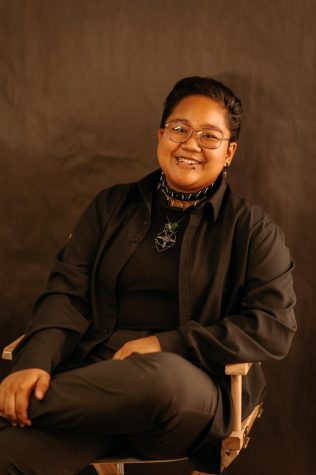
Veniz Rahon is one of the Managing Editors of the Arts, Media, and Culture News Team for The Grizzly Gazette. Born and raised in the Philippines prior to moving into the United States, they want to bring a new and different perspective into our world news. They strives to bring change in our local city through completing community service with the Golden Valley High School AFJROTC Program; they have participated, cooperated, and lead multiple community service. With a fierce competitive spirit they joined and reached Level 3 of the AFJROTC Academic Bowl.
They is passionate about delivering world news in a new and refreshing way, they strive to inform and showcase topics concerning other cultures, arts, media, and technology. Being a student journalist Veniz Rahon expresses their, “... hope to give people different perspectives and highlight topics that I find news worthy for people to hear.”
They love to listen to music by themselves or with their close friends, they enjoy going...
